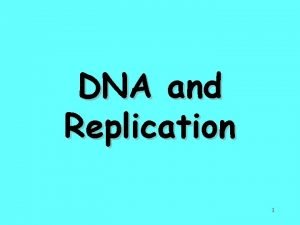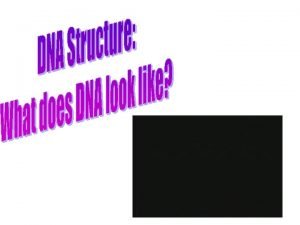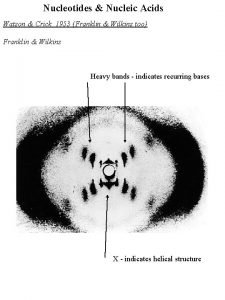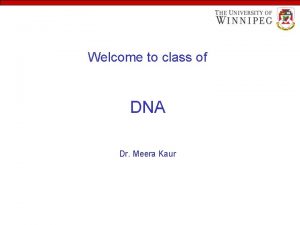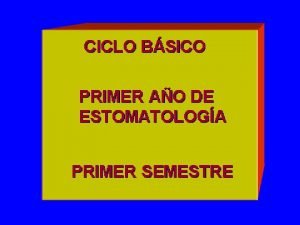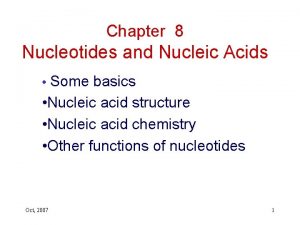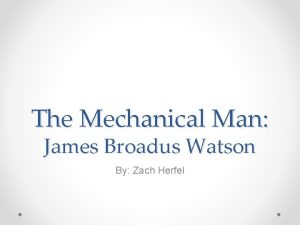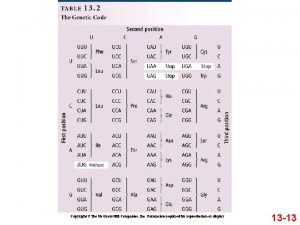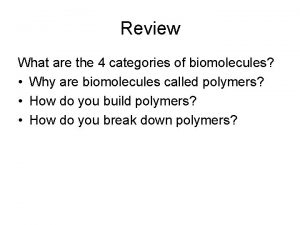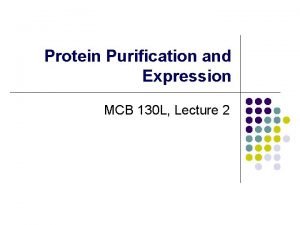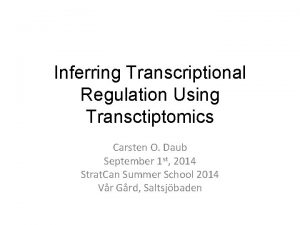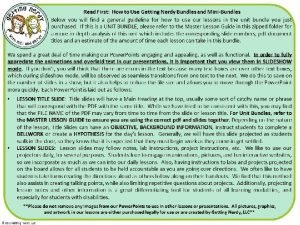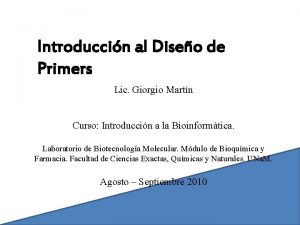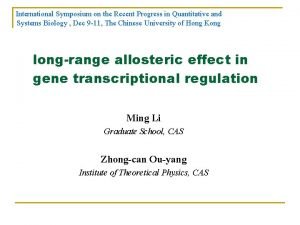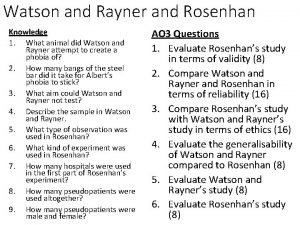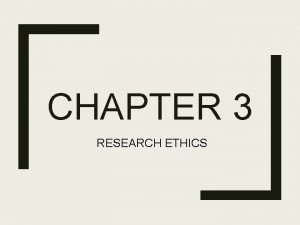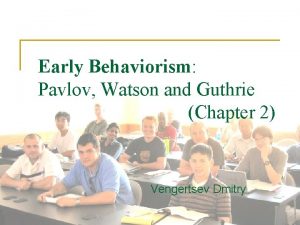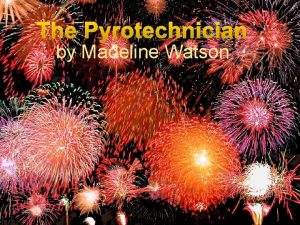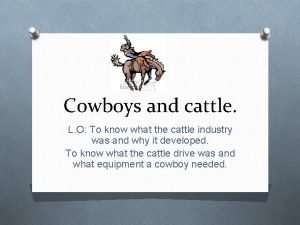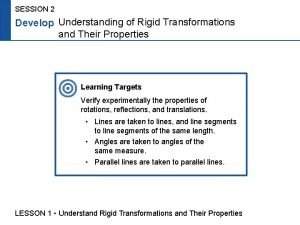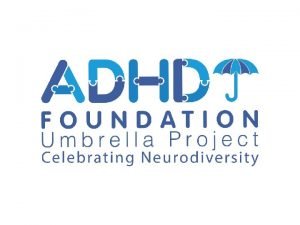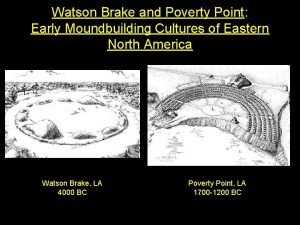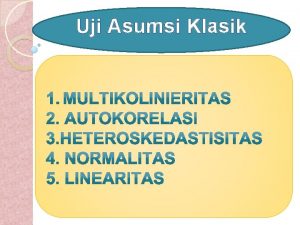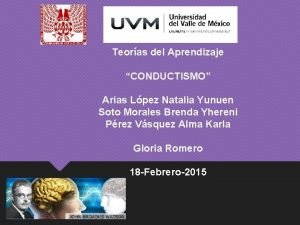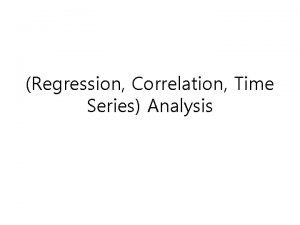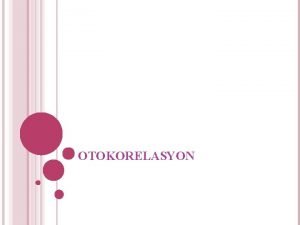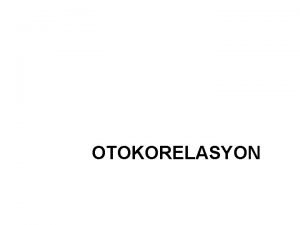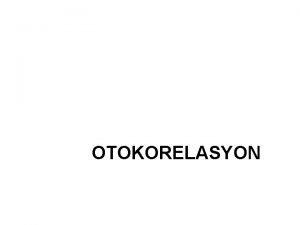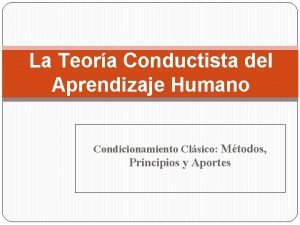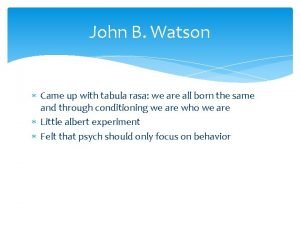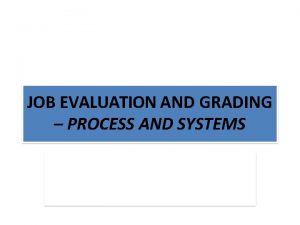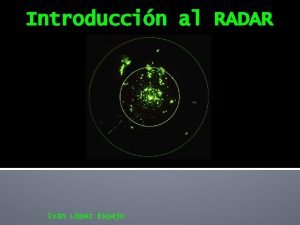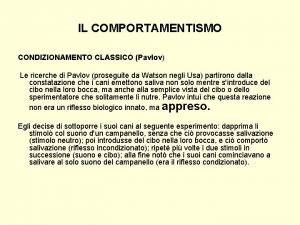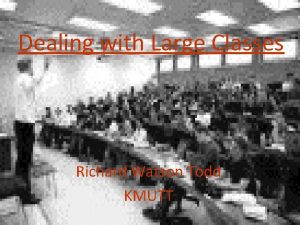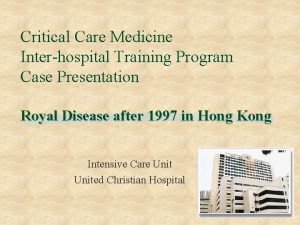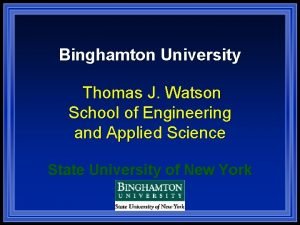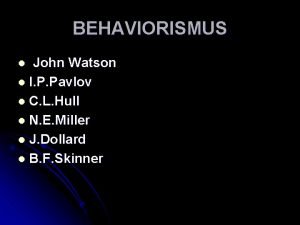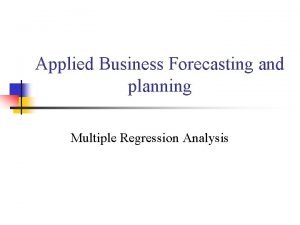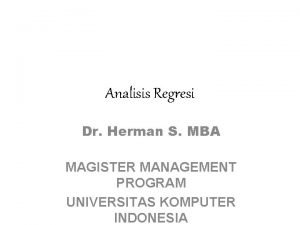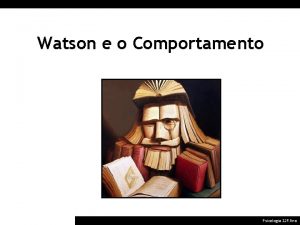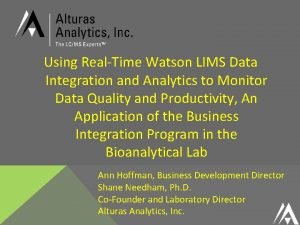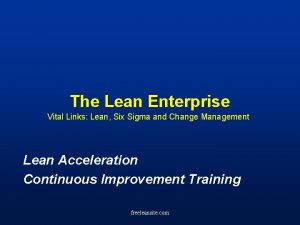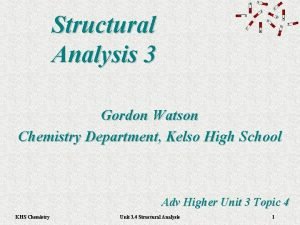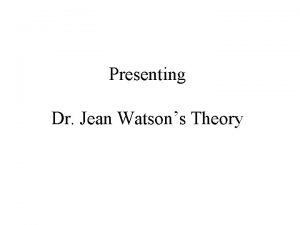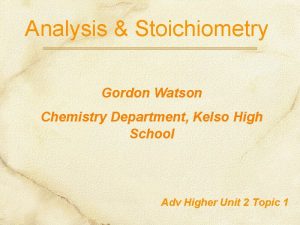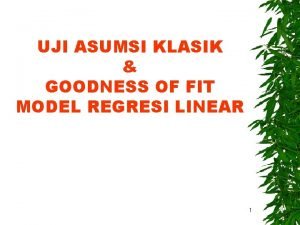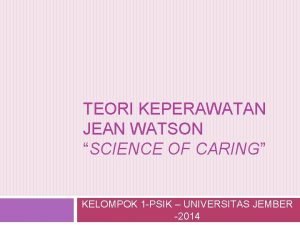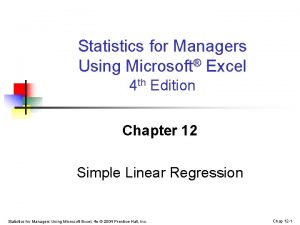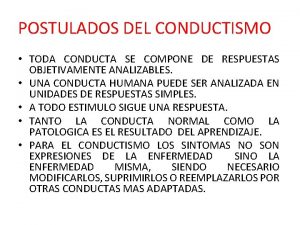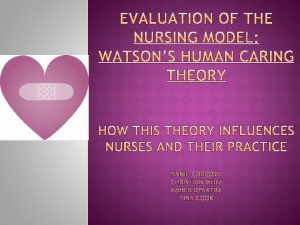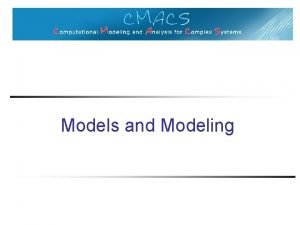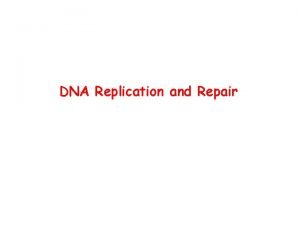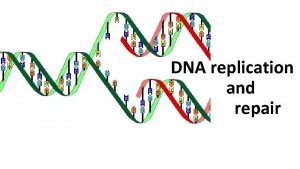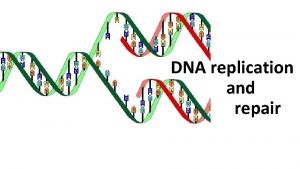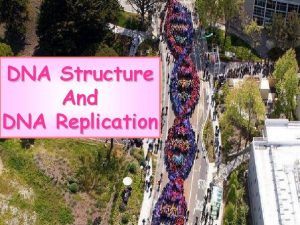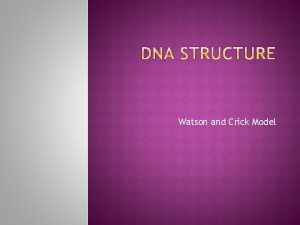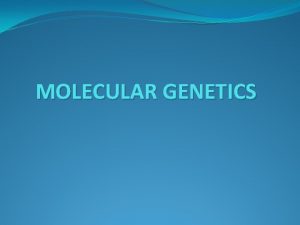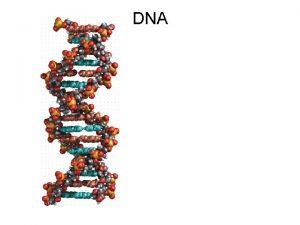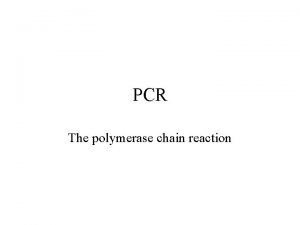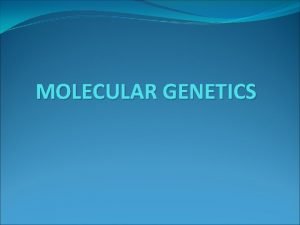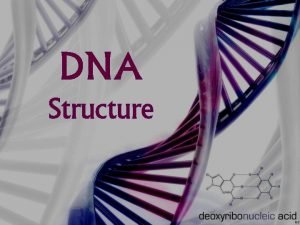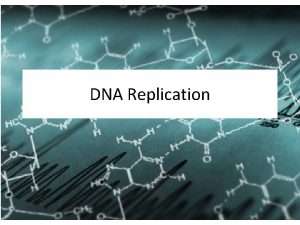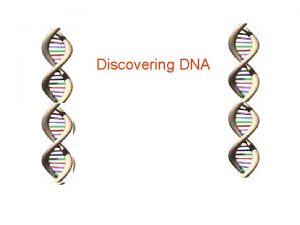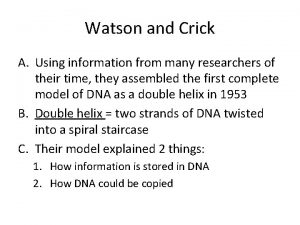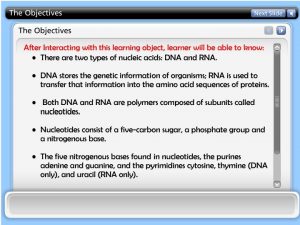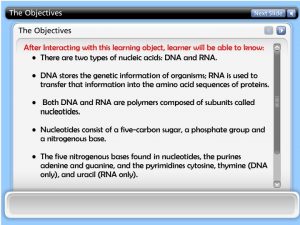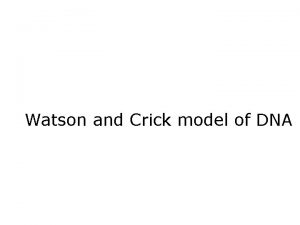Figure 16 0 Watson and Crick Figure 16





































































































- Slides: 101

Figure 16. 0 Watson and Crick

Figure 16. 0 x James Watson

Figure 16. 1 Transformation of bacteria

Figure 16. 2 a The Hershey-Chase experiment: phages

Figure 16. 2 ax Phages

Figure 16. 2 b The Hershey-Chase experiment

Figure 16. 3 The structure of a DNA stand

Figure 16. 4 Rosalind Franklin and her X-ray diffraction photo of DNA

Figure 16. 5 The double helix

Unnumbered Figure (page 292) Purine and pyridimine

Figure 16. 6 Base pairing in DNA

Figure 16. 7 A model for DNA replication: the basic concept (Layer 1)

Figure 16. 7 A model for DNA replication: the basic concept (Layer 2)

Figure 16. 7 A model for DNA replication: the basic concept (Layer 3)

Figure 16. 7 A model for DNA replication: the basic concept (Layer 4)

Figure 16. 8 Three alternative models of DNA replication

Figure 16. 9 The Meselson-Stahl experiment tested three models of DNA replication (Layer 1)

Figure 16. 9 The Meselson-Stahl experiment tested three models of DNA replication (Layer 2)

Figure 16. 9 The Meselson-Stahl experiment tested three models of DNA replication (Layer 3)

Figure 16. 9 The Meselson-Stahl experiment tested three models of DNA replication (Layer 4)

Figure 16. 10 Origins of replication in eukaryotes

Figure 16. 11 Incorporation of a nucleotide into a DNA strand

Figure 16. 12 The two strands of DNA are antiparallel

Figure 16. 13 Synthesis of leading and lagging strands during DNA replication

Figure 16. 14 Priming DNA synthesis with RNA

Figure 16. 15 The main proteins of DNA replication and their functions

Figure 16. 16 A summary of DNA replication

Figure 16. 17 Nucleotide excision repair of DNA damage

Figure 16. 18 The end-replication problem

Figure 16. 19 a Telomeres and telomerase: Telomeres of mouse chromosomes

Figure 16. 19 b Telomeres and telomerase

Figure 17. 0 Ribosome

Figure 17. 1 Beadle and Tatum’s evidence for the one gene-one enzyme hypothesis

Figure 17. 2 Overview: the roles of transcription and translation in the flow of genetic information (Layer 1)

Figure 17. 2 Overview: the roles of transcription and translation in the flow of genetic information (Layer 2)

Figure 17. 2 Overview: the roles of transcription and translation in the flow of genetic information (Layer 3)

Figure 17. 2 Overview: the roles of transcription and translation in the flow of genetic information (Layer 4)

Figure 17. 2 Overview: the roles of transcription and translation in the flow of genetic information (Layer 5)

Figure 17. 3 The triplet code

Figure 17. 4 The dictionary of the genetic code

Figure 17. 5 A tobacco plant expressing a firefly gene

Figure 17. 6 The stages of transcription: initiation, elongation, and termination (Layer 1)

Figure 17. 6 The stages of transcription: initiation, elongation, and termination (Layer 2)

Figure 17. 6 The stages of transcription: initiation, elongation, and termination (Layer 3)

Figure 17. 6 The stages of transcription: initiation, elongation, and termination (Layer 4)

Figure 17. 6 The stages of transcription: elongation

Figure 17. 7 The initiation of transcription at a eukaryotic promoter

Figure 17. 8 RNA processing; addition of the 5 cap and poly(A) tail

Figure 17. 9 RNA processing: RNA splicing

Figure 17. 10 The roles of sn. RNPs and spliceosomes in m. RNA splicing

Figure 17. 11 Correspondence between exons and protein domains

Figure 17. 12 Translation: the basic concept

Figure 17. 13 a The structure of transfer RNA (t. RNA)

Figure 17. 13 b The structure of transfer RNA (t. RNA)

Figure 17. 14 An aminoacyl-t. RNA synthetase joins a specific amino acid to a t. RNA

Figure 17. 15 The anatomy of a functioning ribosome

Figure 17. 16 Structure of the large ribosomal subunit at the atomic level

Figure 17. 17 The initiation of translation

Figure 17. 18 The elongation cycle of translation

Figure 17. 19 The termination of translation

Figure 17. 20 Polyribosomes

Figure 17. 21 The signal mechanism for targeting proteins to the ER

Table 17. 1 Types of RNA in a Eukaryotic Cell

Figure 17. 22 Coupled transcription and translation in bacteria

Figure 17. 23 The molecular basis of sickle-cell disease: a point mutation

Figure 17. 24 Categories and consequences of point mutations: Base-pair insertion or deletion

Figure 17. 24 Categories and consequences of point mutations: Base-pair substitution

Figure 17. 25 A summary of transcription and translation in a eukaryotic cell

Figure 18. 19 Regulation of a metabolic pathway

Figure 18. 20 a The trp operon: regulated synthesis of repressible enzymes

Figure 18. 20 b The trp operon: regulated synthesis of repressible enzymes (Layer 1)

Figure 18. 20 b The trp operon: regulated synthesis of repressible enzymes (Layer 2)

Figure 18. 21 a The lac operon: regulated synthesis of inducible enzymes

Figure 18. 21 b The lac operon: regulated synthesis of inducible enzymes

Figure 18. 22 a Positive control: c. AMP receptor protein

Figure 18. 22 b Positive control: c. AMP receptor protein

Figure 19. 2 Part of a family of identical genes for ribosomal RNA

Figure 19. 3 The evolution of human -globin and -globin gene families

Figure 19. 5 Retrotransposon movement

Figure 19. 6 DNA rearrangement in the maturation of an immunoglobulin (antibody) gene

Figure 19. 7 Opportunities for the control of gene expression in eukaryotic cells

Figure 19. 8 A eukaryotic gene and its transcript

Figure 19. 9 A model for enhancer action

Figure 21. 6 Nuclear transplantation

Figure 21. 7 Cloning a mammal

Figure 21. 8 Working with stem cells

Figure 21. 9 Determination and differentiation of muscle cells (Layer 1)

Figure 21. 9 Determination and differentiation of muscle cells (Layer 2)

Figure 21. 9 Determination and differentiation of muscle cells (Layer 3)

Figure 21. 10 Sources of developmental information for the early embryo

Figure 21. 11 Key developmental events in the life cycle of Drosophila

Figure 21. 12 The effect of the bicoid gene, a maternal effect (egg-polarity) gene in Drosophila

Figure 21. 13 Segmentation genes in Drosophila

Figure 19. 10 Three of the major types of DNA-binding domains in transcription factors

Figure 19. 11 Alternative RNA splicing

Figure 19. 12 Degradation of a protein by a proteasome

Figure 19. 13 Genetic changes that can turn proto-ocogenes into oncogenes

Figure 19. 14 Signaling pathways that regulate cell growth (Layer 1)

Figure 19. 14 Signaling pathways that regulate cell growth (Layer 2)

Figure 19. 14 Signaling pathways that regulate cell growth (Layer 3)

Figure 19. 15 A multi-step model for the development of colorectal cancer
 Watson and crick thieves
Watson and crick thieves Watson-crick
Watson-crick Dna a
Dna a Meera kaur
Meera kaur Enlace polimerizante
Enlace polimerizante Watson health francisco 1b
Watson health francisco 1b Phosphoanhydride bond
Phosphoanhydride bond Watson strand crick strand
Watson strand crick strand John b. watson james broadus watson
John b. watson james broadus watson John broadus watson emma watson
John broadus watson emma watson John b watson conductismo
John b watson conductismo John b. watson emma watson
John b. watson emma watson Francis crick nationality
Francis crick nationality Francis crick
Francis crick Francis crick
Francis crick Mcb 130
Mcb 130 Francis crick
Francis crick Francis crick
Francis crick Propuesta inicial de crick
Propuesta inicial de crick Smar crick
Smar crick Smrt crick
Smrt crick 4 figure and 6 figure grid references
4 figure and 6 figure grid references Binghamton university powerpoint template
Binghamton university powerpoint template Watson and rayner
Watson and rayner Target
Target Little albert
Little albert Pavlov watson skinner
Pavlov watson skinner Qqqnn
Qqqnn Watson and the shark analysis
Watson and the shark analysis Fleishman career center
Fleishman career center Watson career and alumni connections
Watson career and alumni connections Watsons model
Watsons model Cattlelo
Cattlelo J. b. watson and b. f. skinner believed that _____.
J. b. watson and b. f. skinner believed that _____. An operation that maps an original geometric figure
An operation that maps an original geometric figure Figure abcde is similar to figure vwxyz
Figure abcde is similar to figure vwxyz What is the name of the solid figure
What is the name of the solid figure Brigitte watson
Brigitte watson Neurodivergent umbrella
Neurodivergent umbrella Watson brake
Watson brake Tabel durbin watson n = 100
Tabel durbin watson n = 100 Albert experiment
Albert experiment Arbol conductista
Arbol conductista Correlation stufy
Correlation stufy Durbin watson testi
Durbin watson testi Otokorelasyon
Otokorelasyon Otokorelasyon nedir
Otokorelasyon nedir Tabel durbin watson n = 100
Tabel durbin watson n = 100 Aprendizaje conductista
Aprendizaje conductista Tabula rasa watson
Tabula rasa watson T.a.s.k. grading system
T.a.s.k. grading system Jean watson theory of caring diagram
Jean watson theory of caring diagram Dr belinda watson
Dr belinda watson Fdarc
Fdarc Robert watson watt radar
Robert watson watt radar Watson campaign automation documentation
Watson campaign automation documentation Gordon watson chemistry
Gordon watson chemistry Skinner pavlov
Skinner pavlov Ibm research watson
Ibm research watson Ibm watson cognitive solutions
Ibm watson cognitive solutions Jean watson's conceptual model
Jean watson's conceptual model Gordon kelso chemistry
Gordon kelso chemistry Emma watson 202
Emma watson 202 Emma watson tape
Emma watson tape Kelso high school chemistry
Kelso high school chemistry Caring occasion/caring moment
Caring occasion/caring moment Richard watson todd
Richard watson todd Watson-schwartz
Watson-schwartz John b watson conductismo
John b watson conductismo Thomas j watson school of engineering acceptance rate
Thomas j watson school of engineering acceptance rate John watson psychologie
John watson psychologie John watson behaviorismo
John watson behaviorismo Regression analysis in business forecasting
Regression analysis in business forecasting Tabel durbin watson n = 100
Tabel durbin watson n = 100 Durbin watson próba
Durbin watson próba Biologia molecolare del gene
Biologia molecolare del gene Watson psicologia
Watson psicologia Watson lims
Watson lims Watson lean
Watson lean Kelso chemistry
Kelso chemistry Durbin-watson test excel
Durbin-watson test excel Dr jacqueline watson
Dr jacqueline watson Chiste de sherlock holmes y watson
Chiste de sherlock holmes y watson John b. watson
John b. watson Jean harman watson
Jean harman watson Watson believes that the essence of nursing is
Watson believes that the essence of nursing is Jean watson teori
Jean watson teori Watson social media data analytics
Watson social media data analytics Cloud services newcastle
Cloud services newcastle John b. watson
John b. watson Watsons behaviorism
Watsons behaviorism Watson jeopardy
Watson jeopardy Gordon watson ap chemistry
Gordon watson ap chemistry Richard watson todd
Richard watson todd Cara memperbesar nilai durbin watson
Cara memperbesar nilai durbin watson Teori caring menurut leininger
Teori caring menurut leininger Teori jean watson
Teori jean watson Durbin watson excel
Durbin watson excel Postulados del conductismo
Postulados del conductismo Maybe this one moment with this one person
Maybe this one moment with this one person Ibm security solutions
Ibm security solutions Emma watson nickname
Emma watson nickname
